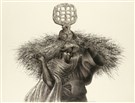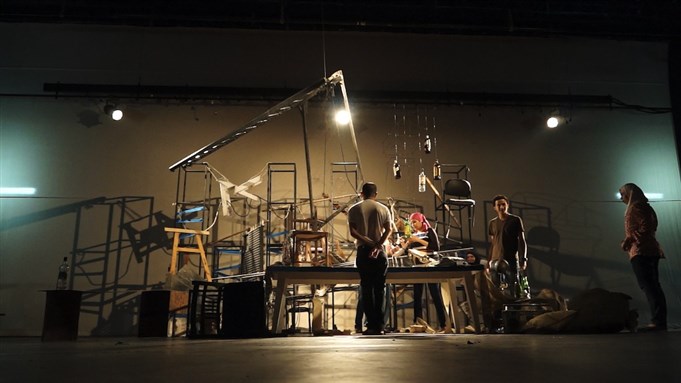In Mexico 1 November is a day of celebration that honors the lives of the dead with symbolic offerings, festivities, and elaborate alters. An indigenous tradition that began at least 2,000 years ago, Dia de Los Muertos (Day of the Dead) stems from the belief that death is a transition marking a new phase of life, an inevitability that should be celebrated and embraced not feared. With the introduction of Christianity under Spanish colonialism, Dia de Los Muertos was merged with All Saints Day without losing its indigenous characteristics and practices. The dead live on in memory and spirit, and are awakened each year through commemorations. Folkloric skeletal figurines and statues, music, dance, flowers, candles, prayers, and food are staples of the holiday, as Mexicans everywhere reunite with those who have passed.
Fittingly, Jadaliyya’s October Culture Bouquet includes interviews and reviews that address the topics of mourning, remembrance, and how we visualize history. In his review of Mauricio Misle’s Hamule (2014), Haider Shahbaz argues that archival practices among non-Western artists have led to new (and alternative) forms of understanding the past. Erden Kosova’s review of Grandchildren: New Geographies of Belonging, a group exhibition recently held at DEPO-Istanbul, examines how a new generation of artists retrieves and enunciates the cultural and psychic consequences of the Armenian Genocide with fluid approaches that are partly shaped by diasporic experiences.
On this day of remembrance, Jadaliyya offers writings and images that transcend borders and question what is remembered in light of what has nearly been forgotten.
Alexa Firat`s review of Ecology of World Literature
Dena Al-Adeeb`s interview with artist Paul Qaysi
Erden Kosova`s review of Grandchildren
Haider Shahbaz`s review of the 2014 film Hamule
More examples of revolutionary printmaker Jose Guadalupe Posada`s work can be found here.
![[One of the most popular images of Dia de Los Muertos, Jose Guadalupe Posada`s Calavera Catrina (1913).]](https://kms.jadaliyya.com/Images/357x383xo/Posada-Calavera-Catrina-.jpg)

















